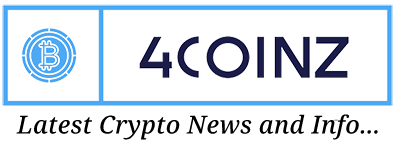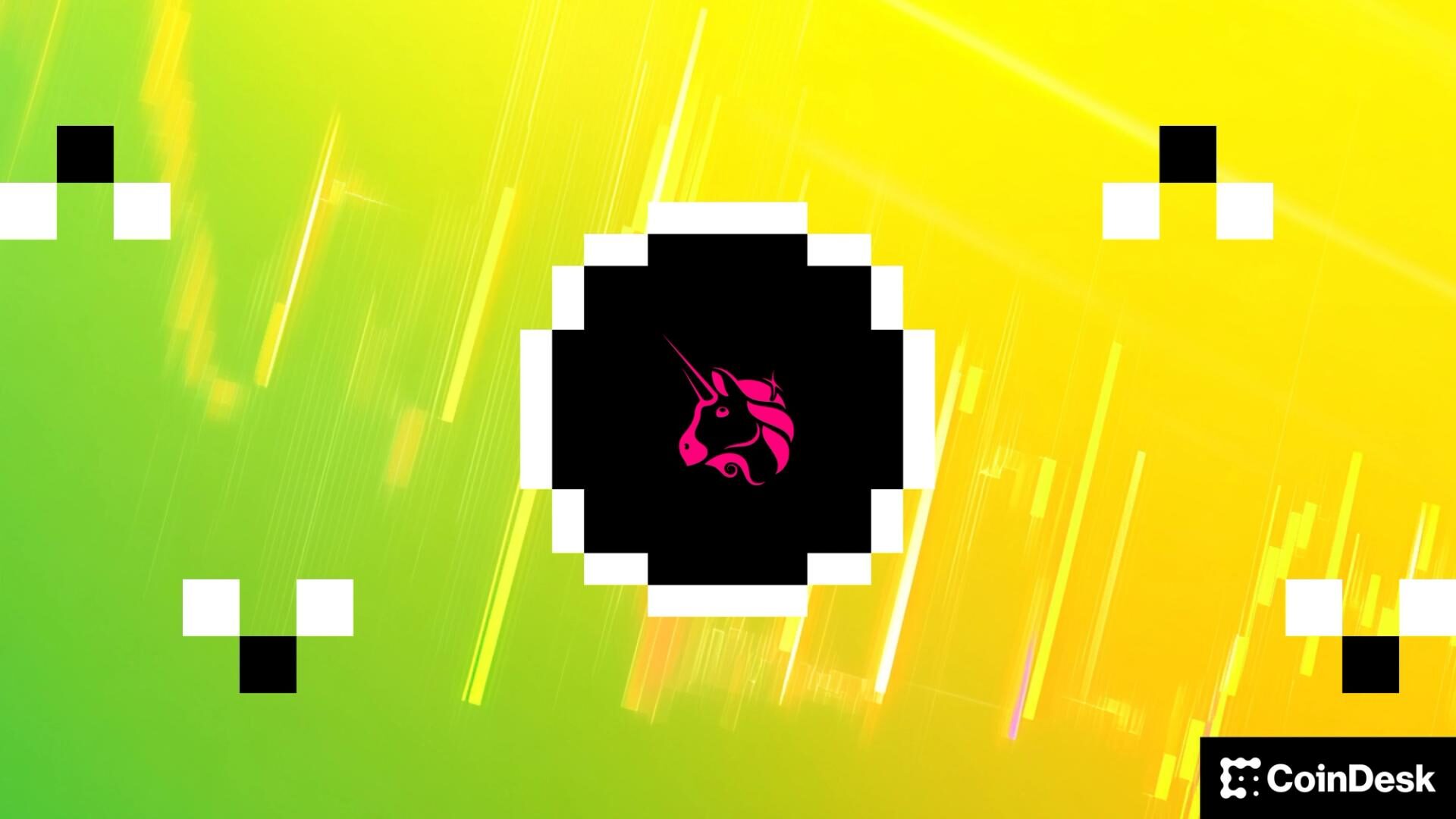What Uniswap’s Latest Proposal Really Means for UNI Token Buyers
The fee switch implies a 2.5% annual supply reduction, creating a quasi-buyback dynamic that directly links network activity with token scarcity.
By Shaurya Malwa|Edited by Omkar Godbole
Updated Nov 12, 2025, 1:04 p.m. Published Nov 12, 2025, 10:51 a.m.

- Uniswap’s “UNIfication” proposal aims to activate protocol fees and burn 100 million UNI tokens, potentially increasing value capture for investors.
- The plan could redirect one-sixth of trading fees into a revenue pool, creating a quasi-buyback dynamic that links network activity with token scarcity.
- By consolidating Uniswap Labs and the Foundation, the proposal shifts Uniswap from a grant-based governance model to an execution-first operating company.
Uniswap’s ‘UNIfication’ proposal by Uniswap Labs and Uniswap Foundation seems to be a game changer, as it could finally turn its massive but untapped trading volume into real value for UNI token holders.
The plan proposes to activate long-delayed protocol fees, burn up to 100 million UNI (approximately $940 million at current prices), and consolidate development teams Uniswap Labs and the Foundation under a single operational and economic model.
STORY CONTINUES BELOW
Uniswap’s current $5.05 billion in total value locked (TVL) supports a $5.9 billion market cap and $9.4 billion fully diluted valuation, putting the protocol at a price-to-fees ratio near 4.7x — which is cheaper than comparable Layer 1 or Layer 2 plays when adjusted for realized on-chain revenue.
The protocol remains DeFi’s largest exchange by far, processing roughly $148.5 billion in trading volume over the past 30 days across 36 chains, according to DefiLlama data.
Its mainstay Ethereum-based service accounted for $15.9 billion, followed by BNB Chain at $4.7 billion and Arbitrum at $3.3 billion. That activity generated about $227.4 million in fees during the same period — annualized at $2.77 billion — but none of it currently accrues to UNI holders.
However, under the “UNIfication” framework, roughly one-sixth of trading fees would flow into a protocol revenue pool, equivalent to about $130 million annually based on current activity.

Combined with the proposed 100 million UNI burn, the fee switch implies a 2.5% annual supply reduction, creating a quasi-buyback dynamic that directly links network activity with token scarcity.
All of this taken together could see Uniswap offer an implied yield of around 3% annually under moderate volume growth, positioning it as DeFi’s first major “cash flow” governance asset.
Implied yield represents the expected return a liquidity provider can earn from trading fees, calculated by assuming zero impermanent loss and solving for the asset’s volatility.

Yet the bigger shift may lie in structure, not yield.
By folding the Foundation into Labs, Uniswap is effectively moving from a grant-based governance model to an execution-first operating company. That centralization may alienate some DAO purists, but it also mirrors what investors have demanded from DeFi blue chips: clarity, accountability, and measurable value capture.
That strategy has helped tokens such as Hyperliquid’s HYPE, whose buyback mechanisms have propelled the token up 900% in the past year amid a generally flat year for the broader market.
If passed, “UNIfication” would align Uniswap with a new phase of DeFi economics — one where token price is driven not by governance hype, but by real protocol earnings.
More For You
Nov 3, 2025

A deep dive into Zcash’s zero-knowledge architecture, shielded transaction growth, and its path to becoming encrypted Bitcoin at scale.
What to know:
In 2025, Zcash evolved from niche privacy tech into a functioning encrypted-money network:
- Shielded adoption surged, with 20–25% of circulating ZEC now held in encrypted addresses and 30% of transactions involving the shielded pool.
- The Zashi wallet made shielded transfers the default, pushing privacy from optional to standard practice.
- Project Tachyon, led by Sean Bowe, aims to boost throughput to thousands of private transactions per second.
- Zcash surpassed Monero in market share, becoming the largest privacy-focused cryptocurrency by capitalization.
More For You
By Will Canny, AI Boost|Edited by Jamie Crawley
4 minutes ago

The bank said USDC remains the frontrunner to dominate digital dollars as the company’s third-quarter results topped forecasts.
What to know:
- Circle’s 3Q results beat expectations on all major metrics, William Blair said.
- USDC remains the frontrunner to become the stablecoin standard.
- The bank advised buying Circle shares on weakness amid limited near-term catalysts.
-
Back to menu
Prices
-
Back to menu
-
Back to menu
Indices -
Back to menu
Research
-
Back to menu
Consensus 2026 -
Back to menu
Sponsored
-
Back to menu
Videos -
Back to menu
-
Back to menu
-
Back to menu
Webinars
Select Language










